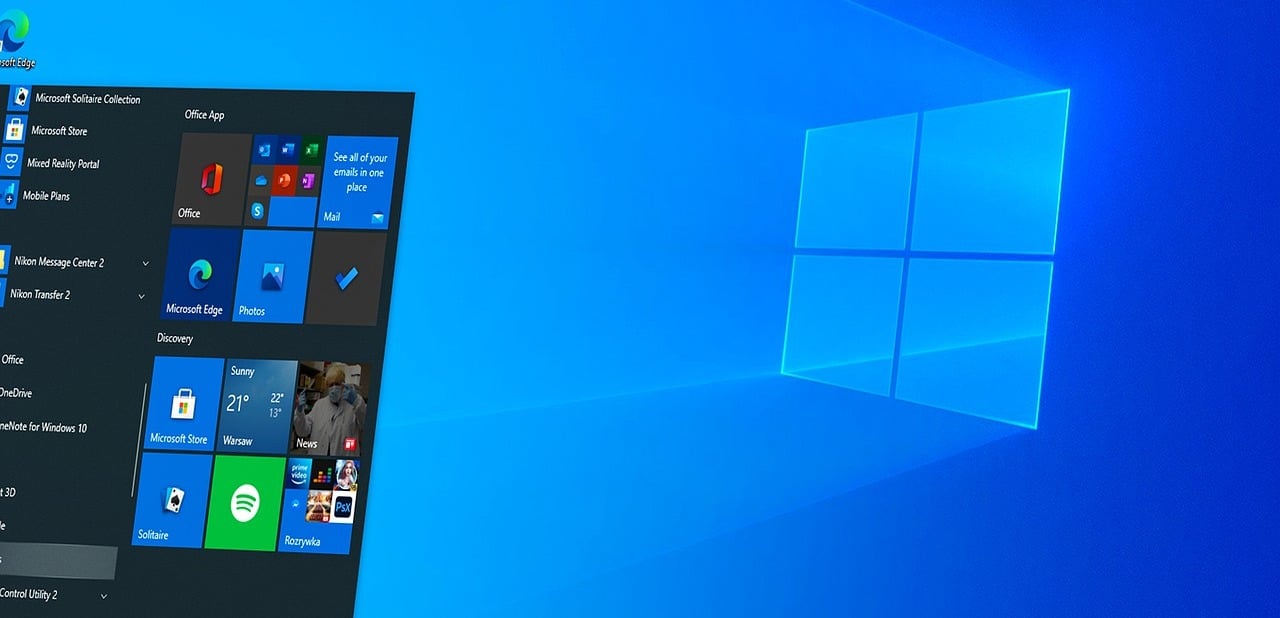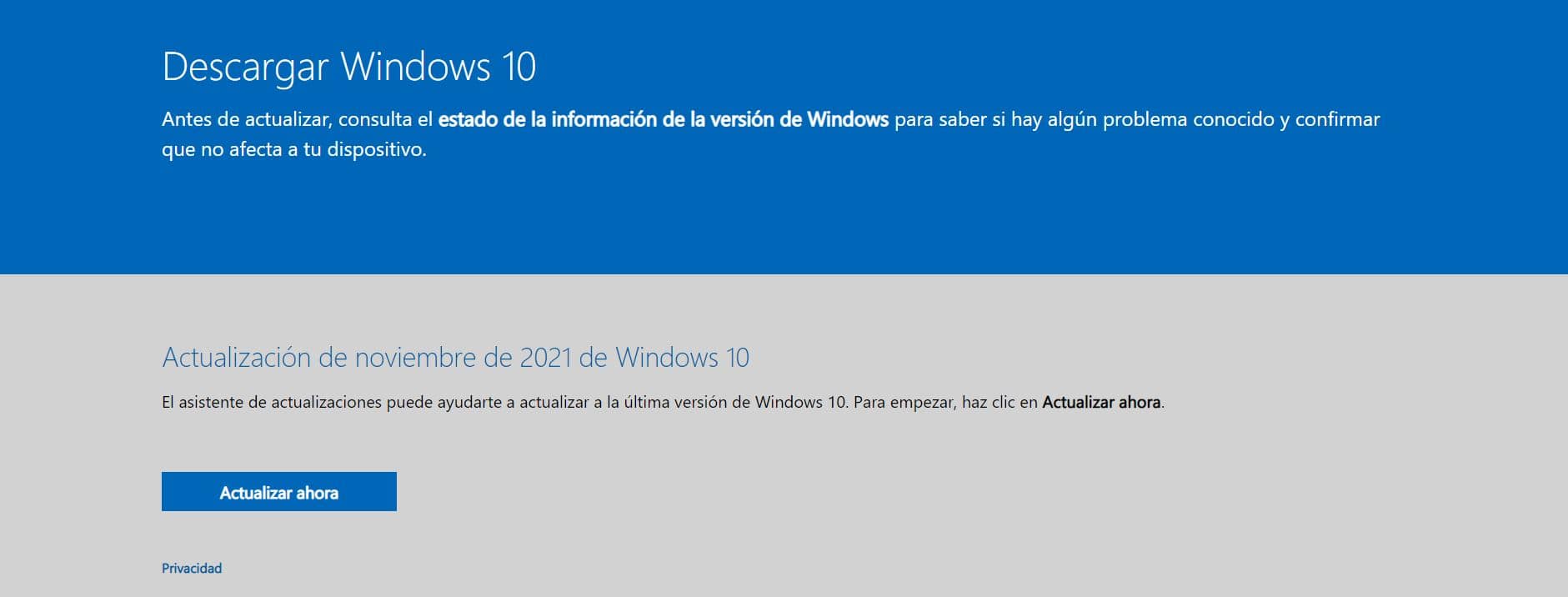
Since 2015, Microsoft has given its users the opportunity to upgrade from Windows 7 to Windows 10 completely free of charge. The reason was to keep their potential customers and avoid migrating them to other operating systems. In addition, the way to update between different versions was so comfortable that it was very well received. In previous articles we told you which version of Windows 7 corresponded to its Windows 10 counterpart. In this post we will tell you the necessary steps to an optimal Windows 10 upgrade.
We recommend that you upgrade from the version of Windows 7 to Windows 10 for free. Why? The reason is that the paid versions usually cost between 135 and 279 euros. If it is done with the free version, you will not have to pay anything and the installation covers the same features as the paid version. If after installing the latest version you want a specific edition such as PRO, you can now pay the difference.
What to do before upgrading
It is advisable to follow a series of recommendations to minimize the probability that something can go wrong and we will have problems. The first thing we need to do is make sure have our Windows 7 updated with all the patches released until end of support. In this way we will be solving small code bugs that can lead to problems when updating. In addition, we must also make sure that we have the most up-to-date drivers possible, thus avoiding possible compatibility problems.
Next, we must uninstall all old programs from windows that can cause problems. If we have all the programs installed in their most recent versions, we can skip this step, since if any of them gives problems, the wizard itself will uninstall it. What we should uninstall is the antivirus and the programs that may cause conflicts with the update process.
It is also recommended disconnect all the peripherals that we have connected by USB to the computer, such as USB sticks, external hard drives, printers, etc. It is recommended to leave the PC as clean as possible, with a keyboard, mouse, network cable, HDMI and nothing else. Otherwise, Windows 10 may detect it as foreign and fail to install these components properly.
Finally, we must make a backup of our data. It is rare that, if we have followed the steps above, the update process fails. And, if it does, it will go back to Windows 7 and we will have the computer as it was at the time the upgrade was started. However, there is always a small chance that something will go wrong. And, for this reason, it is more than advisable to have a backup of our most important data. For what it could happen.
Upgrade to Windows 10
Once we have carried out all these previous steps, we must go to the Windows 10 download page. Once this is done, what we must do is download the media creation tool, something we can do from the previous link.

This tool will give us the possibility to choose if we want to update our PC now or create an installation medium. We will choose the first option. We continue with the wizard and, as we will see, we will not be asked for any license. And in the rare case that it asks us for a password, the one we must enter is that of Windows 7 or Windows 8.1, the password of our computer.
The upgrade process (from Windows 7 to Windows 10) It is long, so we must wait patiently. And if all goes well, it will also respect all our programs and our personal files.
When it finishes, we can start using Windows 10. Also, when the installation is finished, we recommend going to the Settings> Update and security> Activation section to check that our Windows is correctly activated. The key has already been linked to the Microsoft Account. Now, if we want, we can format and install Windows 10 again on our PC, since it will be activated automatically after installing it and logging in to the PC.
Windows 10 upgrade errors
Uninstall the antivirus
Maybe the culprit for this is also some program. Especially if we use old versions of any antivirus. If we plan to update our computer to Windows 10 and we don't want any problems, it is best to temporarily uninstall the antivirus. When we install the new operating system it will come with Windows Defender by default, so we won't have to worry about viruses.
Disconnect non-essential devices
Before starting the installation try unplugging all non-essential hardware, those devices that are not necessary for the equipment to turn on and work. In case we are installing Windows 10 from a USB memory, we will try to disconnect it once the system starts for the first time after starting the installation.
Update Drivers
As well It is very important to update all the drivers of our computer, especially the chipset, audio, network, USB, and graphics. Old drivers are one of the reasons why the update process is canceled the most and can give an error. We can update them by hand, or use software, such as IObit Driver Booster, to bring our entire PC up to date.
If we want to know if we will have some compatibility problem, in the following link we can see a complete list with all the compatibility, software and driver problems recognized by Microsoft. And also their possible solutions.
Check the requirements
Everything may seem to be going well to be able to make the jump from Windows 7 to Windows 10, but when it comes down to it, we find that the installation process (or simply when using the media creation tool) tells us that our PC does not meet the requirements to be able to continue.
At the hardware level, the requirements of both operating systems are the same. That is, we will need a 32 or 64-bit CPU at 1 GHz, 1 GB of RAM (2 GB in the case of 64 bits) and 16 GB of space on the hard disk (or 20 GB in the case of 64 bits). Therefore, if our PC is running with Windows 7, it will be able to without problem with 10. The thing will change if we go right and we want to move from Windows 10 to 11 as we have explained, but that is another topic.